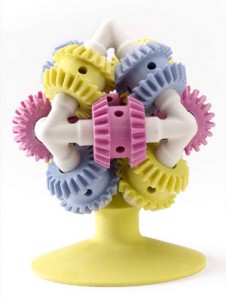
You do not need to know much about snowboarding to know about the Burton brand. Burton is a snowboarding company that was started in 1977 by Jake Burton Carpenter. He did not create snowboarding but he might as well of since he was able to build up a company that is nearly the face of the sport itself. Over the years Burton successfully made snowboarding something more than just a sport, but rather a lifestyle. The company was able to blossom into what it is today by living true to that idea.
The sport of snowboarding has grown a lot in recent years but with the increase in popularity comes an increase in competition as well. Burton has been able to remain at the top of this industry because of superb managerial decisions. The company itself has a number of family brands within the same industry which makes it the largest and, according to many shredders, the most powerful. Making sure that all of these brands are heading in the right direction puts a lot of stress on management.
Just last year, the company announced a realignment plan that would better position Burton, all its family brands, and its stake holders for the future. Burton has grown an immense amount and is continuing to experience great income growth from year to year but the founder, Jake Burton Carpenter, felt as if the company was losing focus on what would lead to long term success. He commented on the big plan by saying that the company needs to “narrow [its] focus to the sport and lifestyle that got us here – snowboarding.”
Well that seems simple enough. It should be easy for a snowboarding company to be focused on snowboarding. With that being said, the economy can be very manipulative. The economy forced Burton outside of its realm of snowboarding and that is where I believe they lost focus. The big realignment plan actually is very simple but that does not mean that it will be an easy task. The company is simply just returning to its roots, a snowboarding company built by snowboarders, for snowboarders. So with this, Burton has demonstrated their new focus with substantial investments in infrastructure and Burton Headquarters. The purchase of a huge building next to its headquarters in Vermont is now home to a new research and development facility and a wholesale showroom. This structure is known as “the most advanced and sophisticated snowboard prototype facility in the world.” This allows the company to keep with the new focus and also stay ahead of the competition by creating and testing new snowboarding technologies.
I will now leave you with some questions to think about.
Is it a good decision to pull back from branching out into other industries even if the a company is doing well in those areas?
If you are unfamiliar with snowboarding, how do you feel about a company that has such a narrow customer focus despite being so large.
Lastly, are there any companies that have lost their reputation(or flourished) by expanding into other industries?
Sources
http://snowboarding.transworld.net/news/burton-realigns-its-family-of-brands-for-long-term-success/

